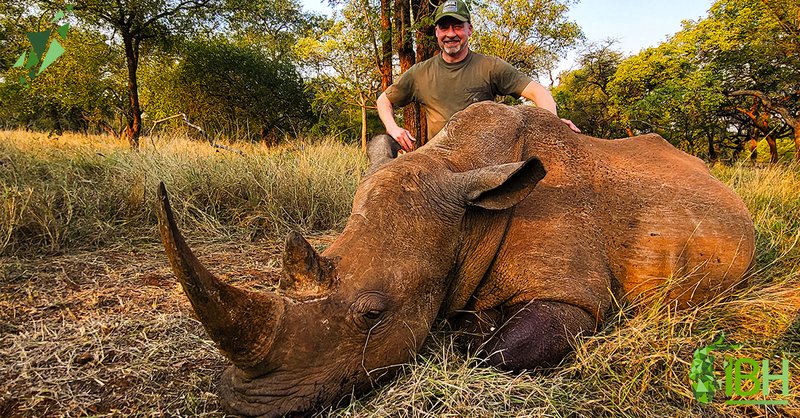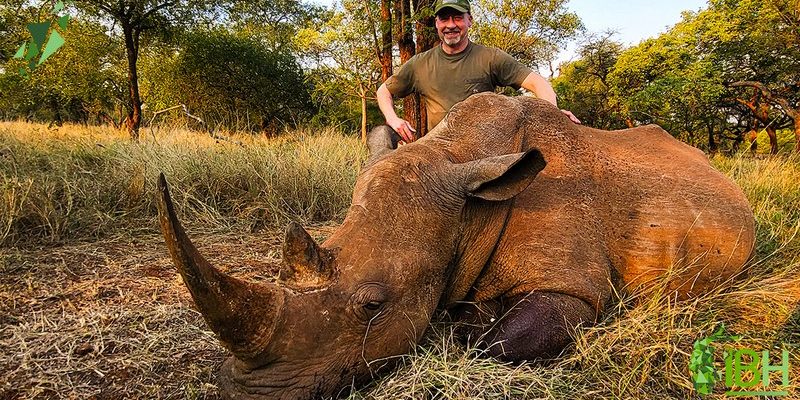
Imagine a giant bulldozer, plowing through the underbrush with a focused determination. That’s similar to how a white rhino searches for its meals. Though they may not hunt in the traditional sense, these magnificent animals have specific dietary habits and strategies for locating food that help them survive in the wild. So, let’s dig deeper into what makes their diet and foraging habits so special.
Understanding the White Rhinoceros Diet
White rhinos are primarily herbivores, meaning they thrive on a plant-based diet. But, what exactly do they eat? You might be surprised to learn that their diet consists mainly of grass, making them grazers rather than browsers like some other animals. This grass-centric diet is similar to how a lawn mower works, efficiently clipping the grass off at a certain height.
Their specific food choices can vary based on the region they inhabit. In open savannas, they prefer short, nutritious grasses, while in woodier areas, they might munch on leaves and shrubs. Here’s a helpful breakdown of their main food sources:
- Grasses: The cornerstone of their diet, particularly species like red oat grass and Berkeley grass.
- Leaves: When grass is scarce, white rhinos will eat leaves from bushes and trees.
- Fruits: Occasionally, they’ll nibble on fallen fruits like berries, especially in their younger years.
These dietary preferences are crucial for their well-being. The fibrous nature of grass provides the necessary nutrients and helps with digestion. Without access to their preferred foods, white rhinos might suffer from malnutrition.
Foraging Techniques: How Do They Find Food?
White rhinos have remarkable foraging techniques that enhance their ability to locate food in their natural habitat. Picture someone methodically searching through a grocery store aisle—this is how a white rhino approaches its eating habits. They use their keen sense of smell and hearing to detect the freshest grasses.
Another misconception is that rhinos just trample through the landscape. In reality, they’re quite selective. They will often graze in areas where they can find an abundance of grass. This selective grazing helps preserve their habitat, ensuring they don’t deplete resources too quickly.
Let’s break down the main factors that influence their foraging habits:
- Seasonal Changes: During the rainy season, grasses grow taller and more nutritious, allowing rhinos to thrive.
- Competition: White rhinos often share their territory with other herbivores. They must adapt their foraging strategies based on available resources.
- Habitat Preferences: Open grasslands are ideal for foraging, while forested areas can provide alternative food sources when necessary.
These strategies illustrate the white rhino’s adaptability and resilience in a changing environment.
Social Dynamics and Foraging
Interesting enough, white rhinos can be quite social animals. They often form small groups, especially mothers with their calves. This social structure can play a significant role in their foraging habits. When they forage together, it’s like a group of friends deciding to share a meal at a buffet.
The presence of other rhinos can help them locate food more efficiently. For example, one rhino might spot an area rich in grass, and the others will follow. This communal foraging helps them conserve energy and reduces the time spent searching for food.
However, it’s not all cooperative. Males are known to be more solitary and can be territorial, especially during mating seasons. Their social dynamics add another layer of complexity to their feeding strategies and can even impact their overall survival.
The Role of Habitat in Their Diet
The specific habitats where white rhinos live greatly influence their diet and foraging practices. Think of a buffet, where the selection can either be plentiful or sparse. In regions where vegetation is abundant, white rhinos flourish; in drier or less hospitable areas, they might struggle.
In southern Africa, for instance, grasslands provide ample grazing opportunities. The combination of rainfall and sunlight creates thriving ecosystems where grasses can grow tall and lush. On the flip side, in arid regions, white rhinos may have to travel further to find food, making their foraging efforts more challenging.
Let’s also consider the impact of human activity. As cities expand and agriculture takes over, these habitats can be severely compromised. A loss of habitat means a loss of food, which is a pressing issue for conservation efforts aimed at protecting white rhinos.
Conservation and Its Impact on Diet
Conservation efforts play a vital role in ensuring that white rhinos can continue to thrive in the wild. Without active measures to protect their habitats, their food sources face severe threats. Think of it as a chain reaction—if one link (their habitat) weakens, the entire structure (their survival) is at risk.
Organizations work tirelessly to create reserves and protected areas where rhinos can graze freely. These efforts help maintain the delicate balance of the ecosystem, ensuring not just the survival of the rhinos but also the countless other species that share their habitat.
Additionally, education and awareness programs are crucial. By understanding the importance of these magnificent creatures and their diets, we can advocate for their protection. Every small action counts, whether it’s supporting wildlife reserves or spreading awareness about poaching.
The diet and foraging strategies of the white rhinoceros are fascinating and essential to their survival. By appreciating what they eat and how they find food, we gain insight into the broader picture of wildlife conservation. These gentle giants are much more than just their size; they are finely tuned machines that play a crucial role in their ecosystems.
As we continue to address the challenges posed by habitat loss and poaching, it becomes clearer that understanding the diet of the white rhino is more than just a quirky fact—it’s a vital key to ensuring their future. So, as you sip your coffee and ponder the life of the magnificent white rhino, remember that every bite they take counts toward a healthy ecosystem. Together, we can nurture a world where these majestic creatures roam freely, thriving on the natural diets they so deeply rely on.

